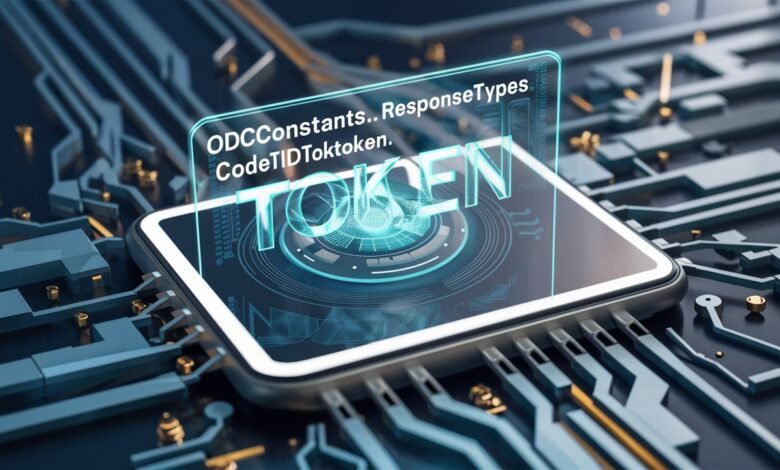oidcconstants.responsetypes.codeidtokentoken

In the realm of OpenID Connect (OIDC), understanding response types and their implications is essential for building secure and efficient identity systems. One such response type is oidcconstants.responsetypes.codeidtokentoken, a compound response type that plays a critical role in enabling seamless user authentication and authorization flows. This article delves into the significance, use cases, and intricacies of oidcconstants.responsetypes.codeidtokentoken and offers insights into its practical applications.
Understanding OIDC Response Types
OIDC response types define the structure and components of the response returned by an authorization server after an authentication or authorization request. These types determine the data included in the response, such as authorization codes, ID tokens, and access tokens. The codeidtokentoken response type combines multiple elements, making it a hybrid approach that includes an authorization code, ID token, and access token in a single response.
What is the Code Response Type?
The “code” component represents the authorization code. This is a temporary code provided by the authorization server to the client application after a successful authentication request. The authorization code is then exchanged for an access token and, optionally, a refresh token. Using the code flow enhances security, as sensitive tokens are not exposed in browser redirects.

Role of the ID Token
The ID token is a JSON Web Token (JWT) that contains information about the authenticated user and the authentication event. It is a key element in OIDC as it provides assurance to the client application about the user’s identity. When included in the response type, the ID token allows applications to validate the user’s authentication status without requiring additional back-and-forth communication with the server.
The Importance of the Access Token
Access tokens are credentials used to access protected resources on behalf of the user. By including an access token in the codeidtokentoken response, the client application can directly interact with APIs and resources without needing further authorization steps. This inclusion streamlines the workflow for applications that need immediate access to user data or protected endpoints.
Advantages of the codeidtokentoken Response Type
The codeidtokentoken response type is particularly beneficial in scenarios requiring robust security and reduced latency. By combining an authorization code, ID token, and access token in a single response, it minimizes the number of requests needed to achieve authentication and authorization. This approach is highly efficient for single-page applications (SPAs) or mobile apps, where reducing network overhead is critical to providing a seamless user experience.
Security Considerations
While the codeidtokentoken response type offers numerous benefits, it also introduces potential security challenges. For instance, directly exposing sensitive tokens in the response may increase the risk of token leakage if proper measures are not in place. To mitigate these risks, developers should ensure:
- Secure storage of tokens in the client application.
- Usage of HTTPS to encrypt data in transit.
- Implementation of secure token expiration and revocation mechanisms.
Additionally, it is crucial to validate all tokens received from the authorization server to confirm their authenticity and integrity.
Real-World Applications
The codeidtokentoken response type is widely used in scenarios requiring immediate access to both identity and resource-related information. Examples include:
- Mobile Applications: Mobile apps often need quick access to user identity and resource APIs. The combined response simplifies integration and improves performance.
- Single-Page Applications: SPAs rely on efficient data exchange to ensure a smooth user experience. The hybrid nature of
codeidtokentokensupports this by reducing the need for additional requests. - Third-Party Integrations: When integrating with third-party identity providers, this response type can streamline authentication and authorization workflows, saving development time and effort.
Conclusion
The oidcconstants.responsetypes.codeidtokentoken response type represents a versatile and powerful option within the OIDC framework. By combining an authorization code, ID token, and access token in a single response, it enables secure and efficient user authentication and authorization. However, its implementation requires careful attention to security practices to prevent potential vulnerabilities. Understanding its components, advantages, and use cases is essential for developers looking to leverage OIDC to build modern and secure applications.



